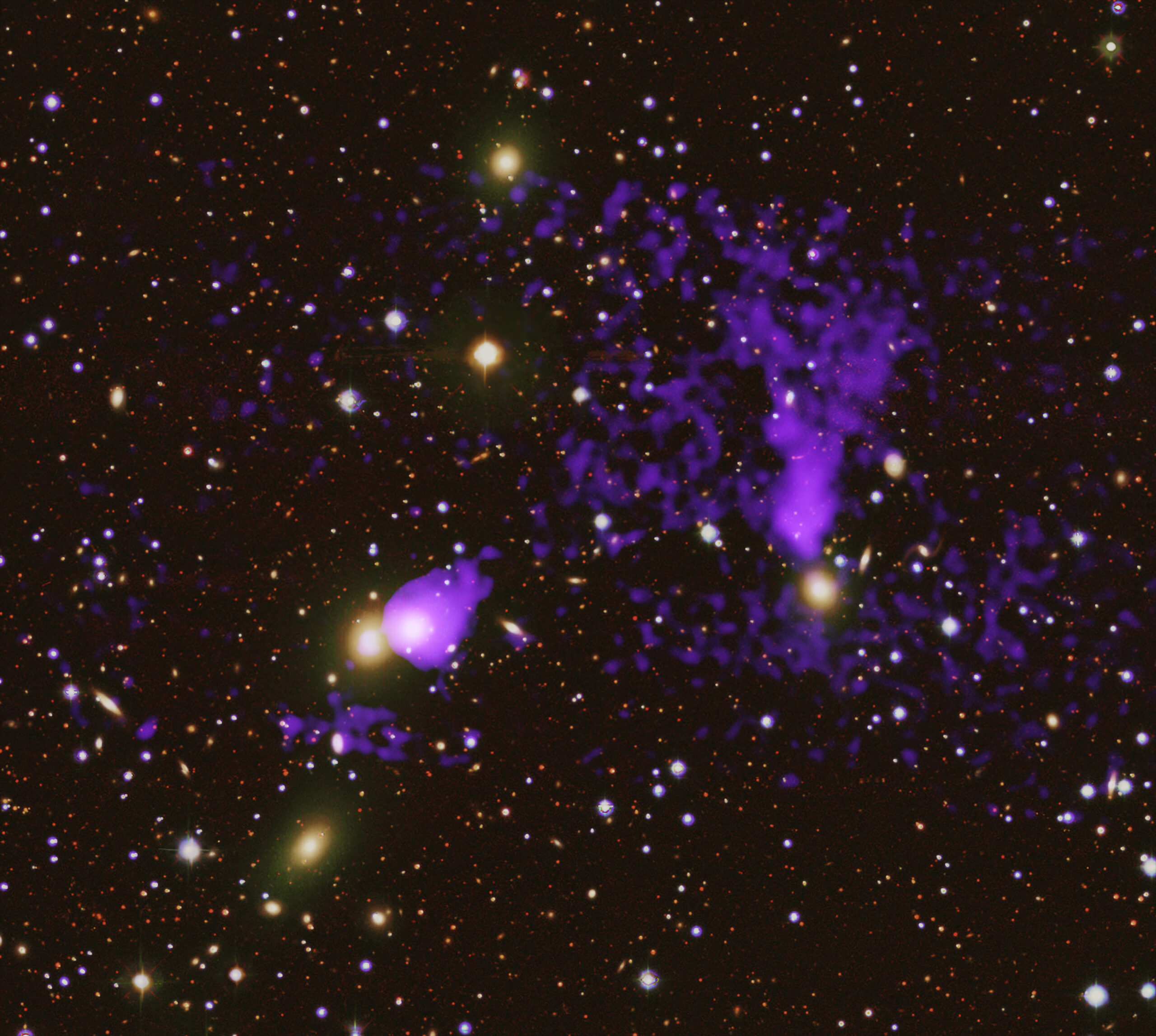Credit: Troy Squillaci from Pexels
Beyond colorful coral reefs and diverse nearshore ecosystems, the Pacific Ocean waters surrounding the Hawaiian Islands have comparatively little marine life and low biological productivity. New research published by University of Hawai’i (UH) at Mānoa oceanographers showed that eddies on the leeward side of the Hawaiian Islands can supply nutrients, not only locally, but also to the opposite side of the island chain and stimulate blooms of phytoplankton, microscopic plant life that lives in the surface ocean.
The study, published in JGR Oceanswas selected by the American Geophysical Union’s editorial board as a featured article.
“While these eddies are known to impact biological productivity locally, our study reveals that nutrients upwelled by these eddies can also be transported around the islands, counter to the background flow,” said Kate Feloy, lead author of the study, Uehiro graduate fellow, and doctoral candidate in the Department of Oceanography at the UH Mānoa School of Ocean and Earth Science and Technology (SOEST). “These results demonstrate how eddies can have far‐reaching, remote impacts on productivity around the Hawaiian Islands.”
Unreported blooms, a trailhead
Nutrient availability is vital for phytoplankton, which form the basis of the marine food chain. With waters around Hawai’i typically very low in nutrients, growth is limited. Feloy and co-authors, Brian Powell and Tobias Friedrich, observed in satellite data previously unreported blooms of phytoplankton off the northern coasts of some Hawaiian Islands.
The researchers used a computer model of the region to simulate the ocean around the Main Hawaiian Islands and conducted a series of experiments to determine the source of the nutrients driving these anomalous events. Initially, they expected to uncover a mechanism that caused local upwelling on the north side of the island chain. The model accurately reproduced the bloom events; however, the results indicated that the blooms were driven by nutrients supplied from upwelling eddies around 100 miles away.
“Our study reveals that nutrients from the eddies can be transported in waters below the sunlit layer around the islands where local upwelling can lead to phytoplankton blooms,” said Feloy. “This work identifies a new mechanism that can deliver nutrients around Hawai’i.”
These blooms are significant events for biological productivity in the region—productivity that can be transferred through the food chain, potentially impacting fisheries near Hawai’i. This same mechanism may also impact productivity around islands in other nutrient-poor regions.”
More information:
K. Feloy et al, Remote Impacts of Cyclonic Eddies on Productivity Around the Main Hawaiian Islands, Journal of Geophysical Research: Oceans (2024). DOI: 10.1029/2023JC020670
Citation:
Eddies supply upwelled nutrients to boost productivity around Hawaiian Islands, research finds (2024, October 31)
retrieved 31 October 2024
from https://phys.org/news/2024-10-eddies-upwelled-nutrients-boost-productivity.html
This document is subject to copyright. Apart from any fair dealing for the purpose of private study or research, no
part may be reproduced without the written permission. The content is provided for information purposes only.




